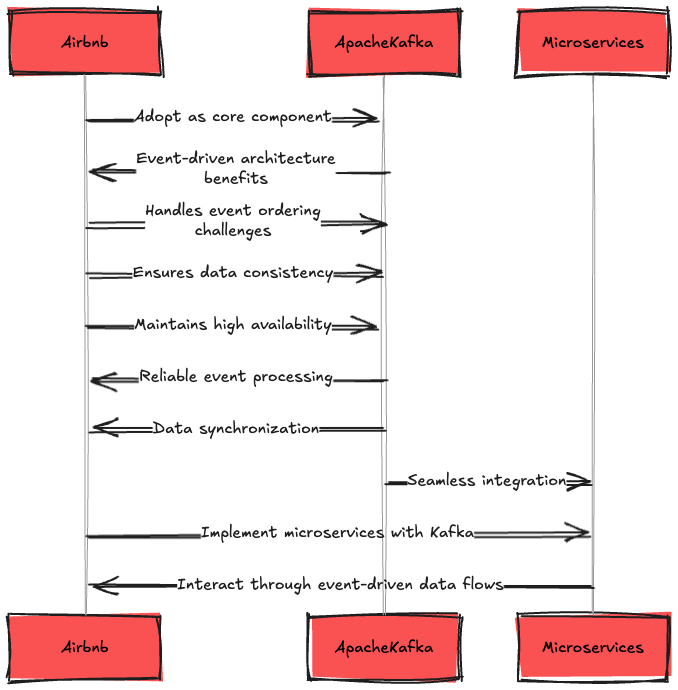A Distributed Message Queue (DMQ) is a distributed system component that enables asynchronous communication and decoupling between various components in a distributed system. It provides a reliable and scalable way to exchange messages between producers and consumers, ensuring reliable delivery and efficient processing of messages. DMQs act as intermediaries, allowing producers to send messages to a queue and consumers to receive and process those messages at their own pace.
Find complete Post here - Link
This post has been organized as —
Introduction to Distributed Message Queues
Key features and benefits of using DMQs in distributed systems
Common use cases and scenarios where DMQs are applicable
Architecture and components of a DMQ system
How messages are routed and stored within the DMQ system
Role of metadata and how it is managed within the system
Communication protocols and messaging models supported by DMQs
Pros and cons of each messaging model and considerations for choosing the appropriate model for different use cases
Techniques and strategies for scaling DMQ systems to handle high message throughput
Load balancing and partitioning approaches to distribute messages across multiple brokers
Replication and data redundancy mechanisms to ensure high availability and fault tolerance
Strategies for achieving message durability, including disk-based storage, replication, and backups
Trade-offs between durability and performance considerations
Different ordering guarantees provided by DMQs
At-least-once, at-most-once, and exactly-once delivery semantics and their implementations in DMQ systems
Techniques for handling message retries, deduplication, and handling out-of-order messages
Tools and techniques for managing and monitoring DMQ systems
Best practices for DMQ system management and monitoring.
Follow - Codersmojo
Let’s get started.
Introduction to Distributed Message Queues:
A Distributed Message Queue (DMQ) is a distributed system component that enables asynchronous communication and decoupling between various components in a distributed system. It provides a reliable and scalable way to exchange messages between producers and consumers, ensuring reliable delivery and efficient processing of messages. DMQs act as intermediaries, allowing producers to send messages to a queue and consumers to receive and process those messages at their own pace.
How DMQs Work —
Key features and benefits of using DMQs in distributed systems:
Asynchronous communication: DMQs enable decoupling between components by allowing them to communicate asynchronously. Producers can send messages without waiting for immediate responses, and consumers can process messages independently of the producers.




